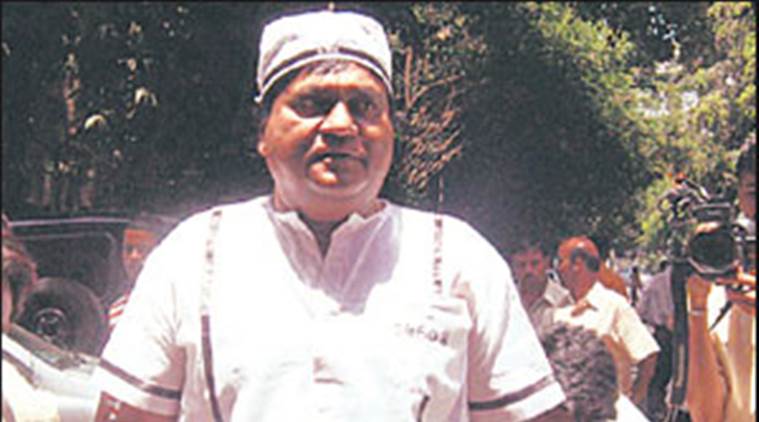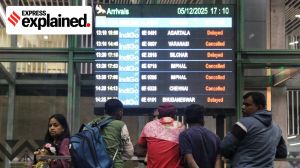In 18 states, 350 agents and 70 cities, Telgi’s sprawling empire of fake stamp paper
In his statements to the SIT, Telgi indicated the involvement of politicians, bureaucrats and government officials in the scam.
 In 1994, Telgi allegedly acquired a stamp paper licence and bought junk machinery from the government’s India Security Press at Nashik.
In 1994, Telgi allegedly acquired a stamp paper licence and bought junk machinery from the government’s India Security Press at Nashik.
Who was Abdul Karim Telgi, and what was the fake stamp paper scam?
Abdul Karim Ladsab Telgi, the son of a railway employee and a former travel agent, was accused of running a multi-crore counterfeit stamp paper racket for almost a decade until he was arrested in 2001 by the Karnataka Police in Ajmer. Telgi printed fake stamp papers allegedly in connivance with officials and politicians, and sold them to bulk purchasers such as banks, stock brokerage firms and insurance companies. The racket allegedly operated in at least 18 states through 350 agents in 70 cities. According to a source familiar with the case, this was one of India’s biggest counterfeiting cases ever, with the fraud adding up to over Rs 30,000 crore, even though this figure has been disputed.
Abdul Karim Telgi: Stamp of a master conman, inside jail and outside
How did the scam begin, and how did it progress?
In 1994, Telgi allegedly acquired a stamp paper licence and bought junk machinery from the government’s India Security Press at Nashik. It is alleged that he also obtained specialty paper affixed with security marks used for stamp papers through a few suppliers of the Nashik press. Subsequently, with the help of his partners and certain former security press officials, Telgi started to use this equipment to print fake stamp papers, revenue stamps, notarial stamps, judicial court fee stamps, non-judicial stamps, etc. These were then circulated throughout the country through a web of agents who, according to some estimates, sold fake stamp papers worth Rs 50,000 a day.
How was the scam detected?
In August 2000, two persons were arrested by police in Bengaluru for allegedly transporting fake stamp papers. Investigations led to Telgi, who emerged as the kingpin orchestrating the production, distribution and sale of the counterfeit stamps. After Telgi’s confession led to the recovery of stamp papers worth over Rs 2,000 crore from Mumbai alone, the Maharashtra government formed a Special Investigation Team (SIT) under then DIG Subodh Jaiswal to probe the case. The police tapped phones and unearthed details of the business. At least 12 cases were registered against Telgi in Maharashtra alone; another 15 cases were registered in other parts of the country.
What happened after Telgi’s arrest?
In his statements to the SIT, Telgi indicated the involvement of politicians, bureaucrats and government officials in the scam. The agency then took permission to put him through a narco test — during the test, however, he did not reveal much about the beneficiaries of the scam. The SIT’s report, submitted in 2003, hinted at the alleged connivance of officials of the Nashik security press in the transfer of technology involved in printing stamp papers. Subsequently, the case was transferred to the CBI. In 2005, the Tax Department raised a demand of over Rs 120 crore in taxes and penalties against Telgi. In 2007, Telgi was sentenced to 30 years of rigorous imprisonment, and slapped with a fine of Rs 202 crore.
- 01
- 02
- 03
- 04
- 05





































